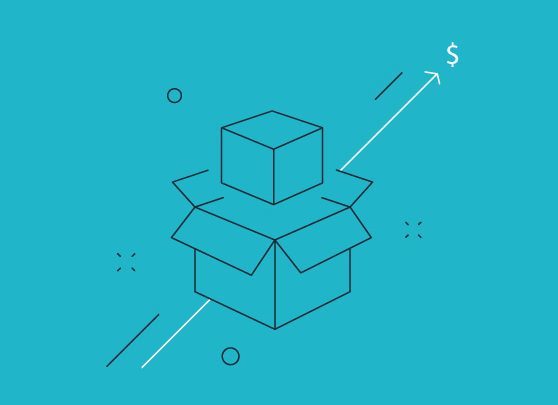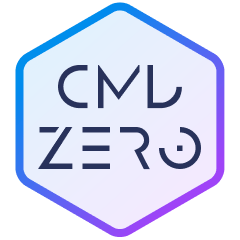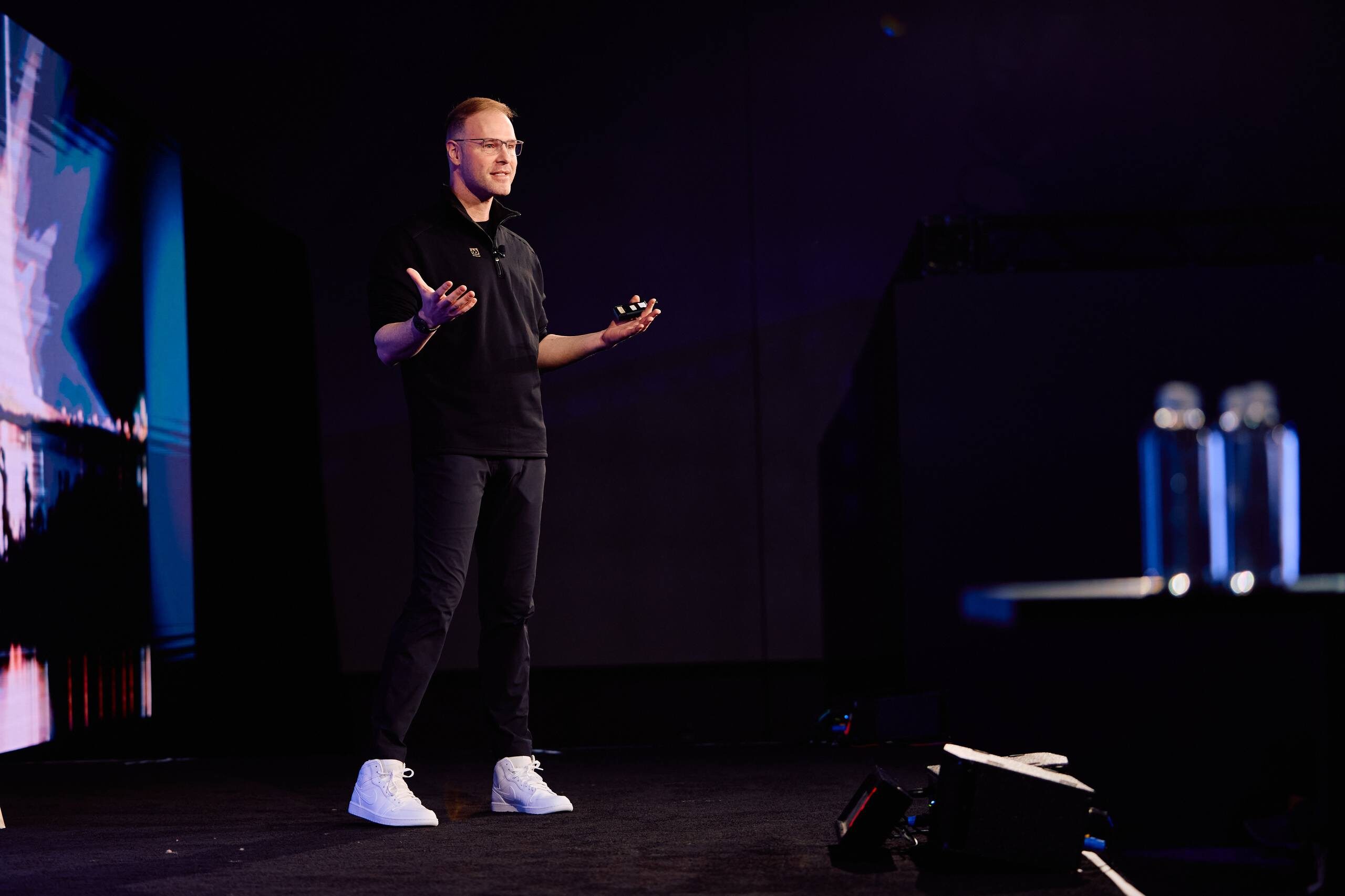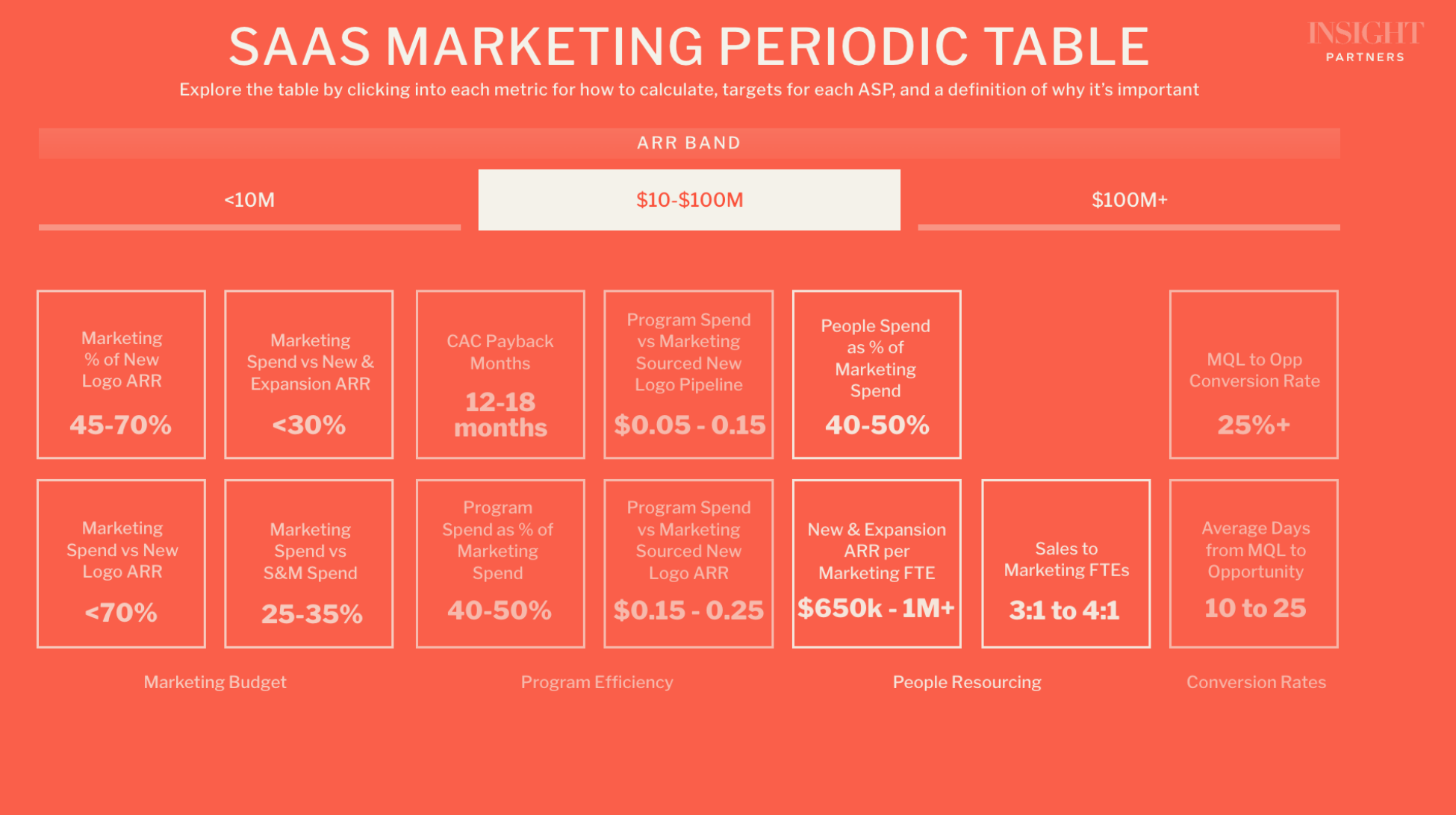How to run a hybrid product-led growth strategy in 2023

Key Insights
- Product-led growth (PLG) is booming for SaaS companies looking to accelerate growth while lowering costs – but it’s most effective when used in tandem with traditional sales and communities.
- PLG can widen the top of the funnel, while sales-led growth (SLG) can increase the value of each customer.
- Begin by introducing SLG tactics that sit within your existing operations, from upselling existing customers to adding human interaction across your funnel.
- Community-led growth (CLG) can be used in conjunction with PLG to drive revenue without scaling your sales team.
- A product-led community is digital, fast-moving and self-sustaining, while a network-led community is smaller, more exclusive, and later-stage, requiring more effort to sustain.
Product-led growth (PLG) is booming. With distinctive benefits including increased sales velocity, free trials, self-service, and/or freemium, SaaS companies have embraced PLG because it tends to lead to lower costs across the board, from internal headcount to customer acquisition costs (CAC).
However, despite its popularity (91% of B2B SaaS companies with a PLG model are planning to double down on PLG initiatives over the next year), PLG alone is not the holy grail of growth. In order to maximize growth potential, it needs to be used in tandem with other strategies – specifically with traditional sales and, perhaps even more potently, communities.
Futureproof growth by layering sales and PLG
Sales-led growth (SLG) is a more traditional model, relying on a sales team to find leads, offer product demos, and secure contracts. Nowadays, SLG tends to be used with more complex and expensive products and longer sales cycles – but that’s not to say that it’s without value for primarily product-led companies. According to research by Gainsight, product is only responsible for upsell opportunities 10% of the time, with 29% managed by sales. While PLG can widen the top of the funnel and grow the size of your customer base, SLG can increase the value of each customer by nurturing high-value or enterprise targets. In this way, you can cover both upmarket and downmarket, maintaining the benefits of PLG while nurturing relationships with enterprise customers and future-proofing your operations.
How do I introduce sales-led growth?
You don’t necessarily have to start by hiring new teams. Instead, you can begin by introducing SLG tactics that sit within your existing operations. For example:
- Start to upsell your existing customers (e.g. to an annual contract or higher tier)
- Add more human interaction across your funnel (e.g. offering new sign-ups a premium onboarding or contacting promising leads to follow up)
- Introduce outbound sales activities to proactively identify new prospects
- Assess your user segmentation and introduce a more personalized approach to new customers
- Utilize in-product messaging and greyed-out features to communicate where customers can talk to sales about new or premium features
Looking forward, you will also want to start laying the groundwork for solid sales operations to avoid the complexity and confusion that often comes hand-in-hand with SLG. As well as hiring sales leaders, defining compensation pricing structures, and creating collateral, this might include new tools such as a CRM, product analytics, or revenue software that accounts for bespoke pricing. What’s more, the product itself may need reconfiguring to suit new customer segments and journeys.
Supercharging product- and sales-led growth with community
There is a third, equally (if not more) beneficial growth model it pays to explore: community-led growth (CLG). While PLG takes a product-first approach to acquisition and SLG relies on sales team interactions, CLG focuses on nurturing a strong community and building brand loyalty, trust, and advocacy. Once considered a ‘nice to have’, community is gaining momentum as a growth lever, particularly when used in conjunction with PLG to drive revenue without scaling your sales team. According to research by PeerSignal.org shared with Paddle, 48% of PLG companies have an owned community, versus 28% of other B2B companies.
READ: Product-Led Growth: The New Paradigm in Software Selling
Communities amplify your other go-to-market strategies by supporting the full customer journey. Online communities can increase your engagement by 21%, and 68% of branded communities report that the community has helped them generate new leads.
Depending on the nature of your business, you might end up with different levels of community: one that supports your product-led motion and another that supports your sales-led one. A product-led community drives the PLG model, while a network-led community builds authority among buyer groups. The former is likely to be fast-moving and digital-only, while the latter might be smaller (or even invite-only) and oriented towards in-person networking events and opportunities.
Both product-led and network-led communities have strong benefits. The former can self-sustain, organically introducing new members and generating content, while the latter allows your sales team to deepen relationships with warm, high-value leads. You can also consider a combination of the two: leveraging your public communities (such as social media pages) to create gated ones, and encouraging members down the funnel through private channels and exclusive perks.
Overall, CLG is a tried-and-tested way to boost acquisition and retention while tapping into a valuable source of uncapped feedback.
James Wood contributed to the editing of this article.








